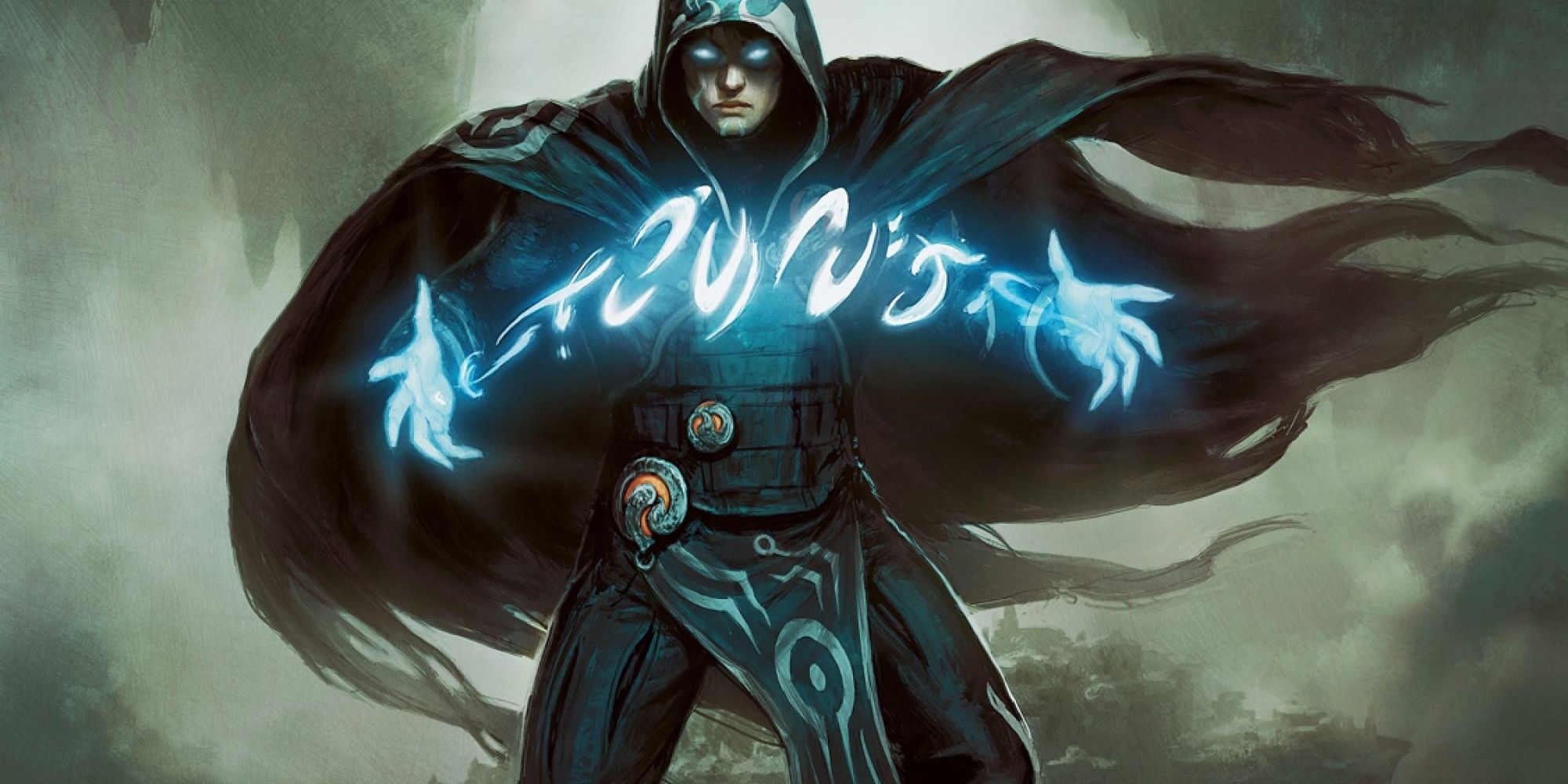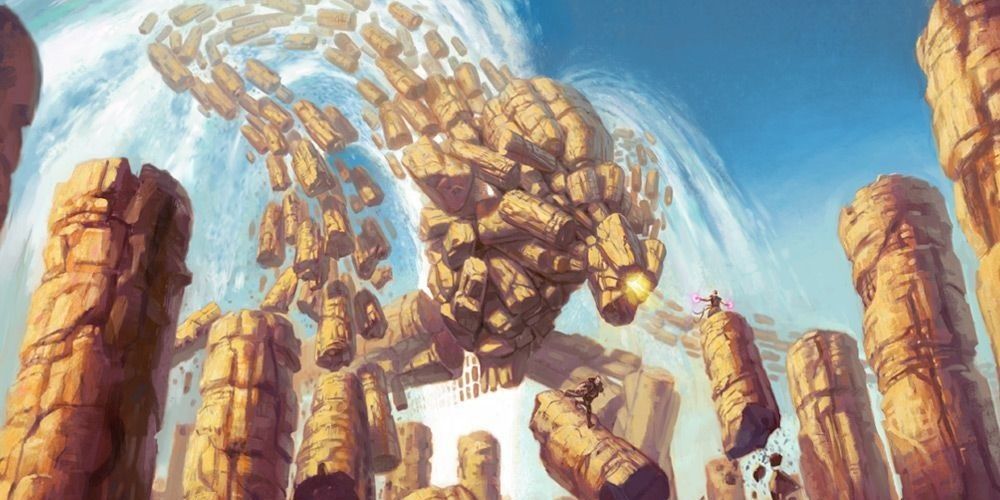In Magic: The Gathering, there are several broad strategic archetypes, including aggro, midrange, tempo, combo and control. And while the lattermost of those may be the slowest, it's perhaps the strongest. Control decks are usually centered around Blue mana, which in turn is rooted in counterspells, altering time, seeing into the future, and crafting elaborate plans. This makes Blue tailor-made for control deck shells, and White and Black make for excellent support, with Red or Green sometimes joining in the fun.
Here are some tips for making the most of a control deck.
Engineering A Control Deck
Blue will likely be your central color, and it gives you counterspells, card draw spells and effects, as well as a few finishers. Two-mana counterspells are vital, with Mana Leak, Remand and the classic Counterspell being staples. Some three-mana counterspells might also be used, such as Dissolve (scry 1) and Render Silent, which also costs White mana but can prevent opponents from casting any further spells that turn. Absorb also adds White mana to Blue in its cost, allowing players to gain 3 life in the process. Sideboards may contain more specific counterspells, such as Counterflux for control mirrors (it can't be countered), Spell Snare (counters 2-drop spells) and Dispel (counters any instant for just one Blue mana). Manaless counterspells like Force of Negation in Modern or Force of Will in Legacy will also work.
Removal spells for control are based on Red, Black and White. Some of those include Path to Exile/Swords to Plowshares, Fatal Push, Mortify, Lightning Bolt, Lightning Helix, Unmake and Terminate. These spells can hit most creatures and help deal with creatures players were too late to counter or didn't want to counter. Board wipes are also a great emergency option that can generate huge card advantage, since opponents may lose several card while you lose just one. Wrath of God, Damnation, Fumigate and Supreme Verdict are all solid options.
Control decks are reactive, tending to rely on counterspells and/or removal in the first few turns. However, avoid "dead" turns where you don't end up casting any reactive spells like these. If that situation happens, you'll want some backup, non-reactive spells, such as Think Twice, to give you something to do. If you're running Blue, White and Black, you can cast Esper Charm during these dead turns to draw cards or make your opponent discard them. Snapcaster Mage is also an option, as is Sphinx's Revelation.
Black mana gives you the power of hand control, so you can see which cards your opponent has ahead of time and get rid of the most problematic ones. Thoughtseize, Inquisition of Kozilek and Duress are common options.
Finally, be sure to include finishers: Cards that are powerful and win you the game. You'll only have a few, since one or two can go a long way, and you don't want an opening hand that's packed with them. Good examples include Celestial Colonnade, Jace the Mind Sculptor, Ætherling, Ugin, the Spirit Dragon, Batterskull and any of the two-color Niv-Mizzet creatures.
Playing The Deck
A major aspect of playing control is discretion. You won't counter every spell or remove every creature, since you don't have the sheer card power for that. Instead, you must know what is and isn't a vital threat, saving your removal/counters for cards that you can't handle. This is why control is also known as a "permission" strategy. You may, for example, let a 2/2 creature enter the battlefield but say no to a 3/3 that shows up the next turn. This is especially important against combo decks, which can win the game out of nowhere with just the right cards. Countering just the right spell can keep your opponent on the defensive, and they won't have much to do if their combo is locked away. Patience is key, and the early game is about surviving, not establishing dominance. Instead, the goal is to keep your opponent from establishing dominance.
Meta-knowledge is also essential for playing control, since this is a reactive deck. Your spells and sideboard should be tailor-made to the local meta of your chosen format and/or local game store, since not all control-oriented card are "jack of all trades." If there's a lot of artifacts in your meta, include cards like Steel Sabotage or Stony Silence in the sideboard, and if graveyard-oriented decks are common, go for cards like Relic of Progenitus, Rest in Peace and Leyline of the Void, though bear in mind they may hurt your graveyard, too.



